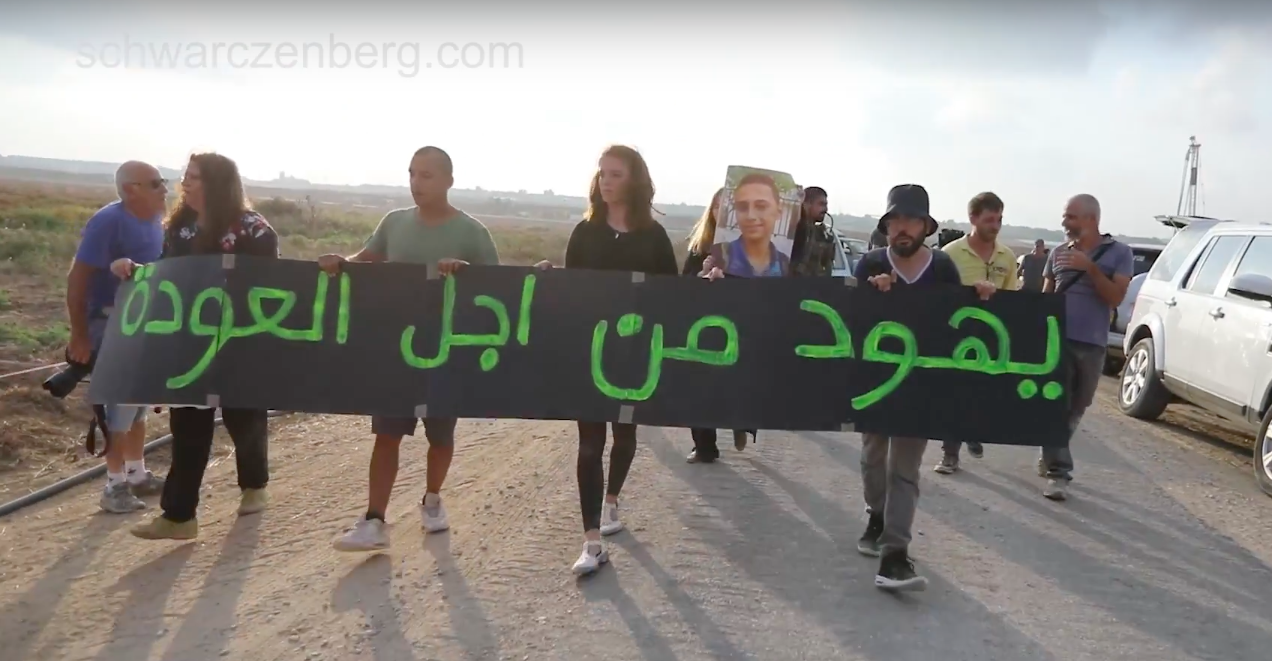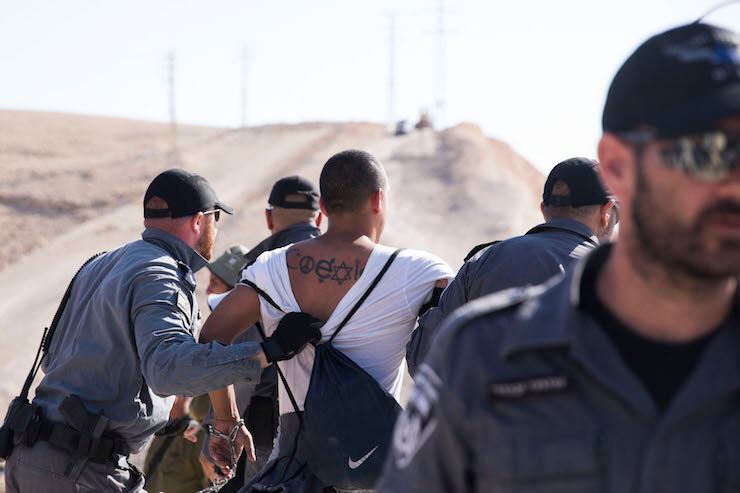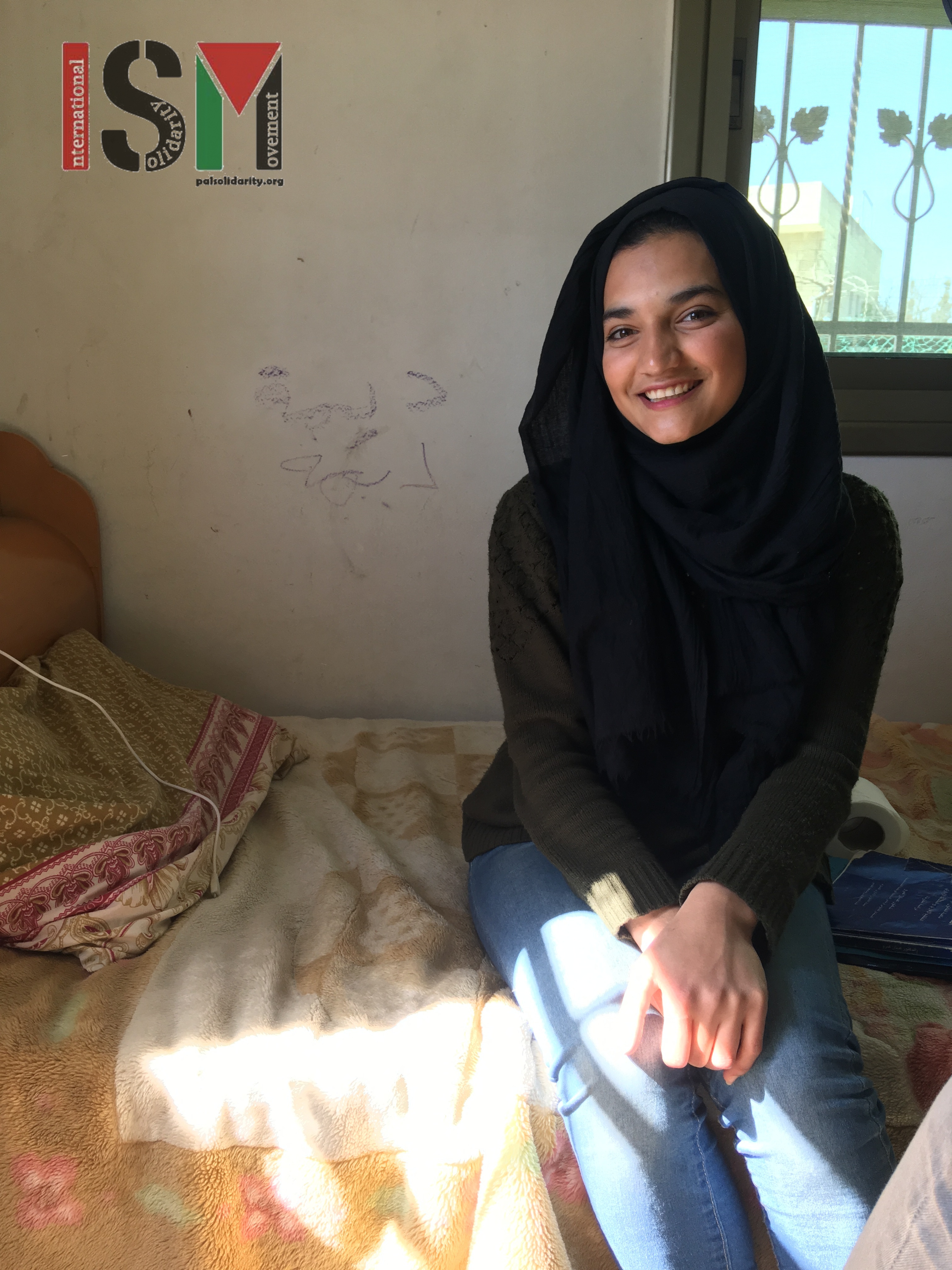Tag: Arrests
-
Video: Activists stand in solidarity with Gaza, are arrested by Israeli military and police
3rd August 2018 | Close to the Gaza fence Israeli and international protesters demonstrated at Gaza fence in solidarity with The Great Return March On Friday August 3rd, “Return”, a group of Israeli and international anti-Zionist activists, including activists from the International Solidarity movement, protested on the east side of the Gaza fence in solidarity with…
-
Experiencing arrest in Khan al-Ahmar, threatened by demolition by Israeli forces
26th July 2018 | Steve Dhiman, International Solidarity Movement | Khan al-Ahmar, occupied Palestine An ISM volunteer describes his experience of being arrested and almost deported by Israeli forces On Wednesday, the 4th of July, I began training with the International Solidarity Movement, an organization where Palestinians and Israelis, Jewish people and Muslims work…
-
A recollection of Dima al-Wawi’s imprisonment and a remembrance of Hamza Zamara
18th March 2018 | International Solidarity Movement, al Khalil team | Occupied Palestine Two years ago Dima al-Wawi woke up for school feeling sick. Her throat hurt and her lymph nodes were swollen. Her parents were already out of the house, on their land that is split in two by the illegal settlement Karmi Zur…



